In deep winter, shelter isn’t just about staying dry—it’s about survival and recovery. After a long day breaking trail, hauling gear, or glassing ridgelines, the ability to step inside a heated tent changes everything. It’s a place to dry out your layers, cook a hot meal, and sleep in real warmth while the wind howls outside. A well-designed hot tent turns the harshest conditions into manageable ones—giving you the refuge you need to rest, reset, and head back out strong.

Hot Tent Camping Is Growing—But Not All Tents Are Created Equal
More people are turning to hot tent camping for the comfort and capability it brings to cold-weather trips. But with that growth has come a wave of copycat designs—tents marketed as “hot tent ready” that are anything but. Many are little more than standard shelters with a stove jack added in. They lack the insulation, airflow, and fire-safe materials needed for true winter use. When temperatures drop and condensation builds, these tents fall short fast.
If you're preparing for cold-weather expeditions, it’s critical to know what makes a real hot tent work. In the sections ahead, we’ll break down the essential features—from materials and construction to ventilation and safety—so you can make an informed decision and choose gear that performs when it counts.
Why Most Budget Hot Tents Fall Short
- Non-FR-rated, flammable materials
- No condensation mitigation system
- No ventilation
- Flimsy construction and weak fabric
You might be fine for a mild night. But when temps plummet, snow piles up, and the stove’s running full tilt, you’ll wish you had the right gear.
8 Things to Look for in a Real Hot Tent
- High-Temperature Stove Jack
- FR-Rated Fabric
- Fresh Air Ventilation
- Moisture Control
- Double-Wall Construction
- Cold-Resistant Floor
- All-Weather Durability
- Livable Layout
Arctic Oven is the granddaddy of hot tents—a design that's led the industry for decades. Field-tested in sub-zero conditions across Alaska and beyond, Arctic Oven has set the standard for what a true cold-weather hot tent should be.
1. High-Temperature Stove Jack

Every Arctic Oven Hot Tent includes a built-in stove jack constructed from high-temperature silica glass fabric, rated to withstand temperatures up to 700°F and designed for continuous stove use in sub-zero environments. This isn’t a cheap patch job—it’s a reinforced, factory-sealed component with a fireproof perimeter and heat-shield backing. The placement is optimized for efficient stovepipe angles, safe clearance from structural seams, and maximum draw through the flue. A built-in silica flap prevents the outer nylon rain flap from contacting the hot stovepipe, and channels water away from the jack to stop rain from running down into the tent. It’s designed to stand up to years of regular use, even in expedition-grade winter conditions.
2. FR-Rated Fabric

Fire resistance is engineered into every Arctic Oven Hot Tent—not just around the stove jack, but throughout the tent body. The main structure is made from Vapex™, a proprietary fire-retardant fabric that delivers breathable performance without compromising on safety. Additionally, tents include clips for an optional FR-rated canvas floor, designed for added fire protection beneath the stove. Whether you're using a small titanium stove or running full output for days, Arctic Oven tents are built with materials that resist ignition and stand up to real-world flame exposure.
3. Fresh Air Ventilation

Safe heat starts with safe airflow. Arctic Oven tents are equipped with intelligently placed high and low vents that promote natural draft circulation. These vents are designed to draw fresh oxygen from outside while allowing excess heat and stove exhaust to escape through the upper vents. This airflow is essential to support proper stove function and reduce the risk of carbon monoxide buildup—without sacrificing interior warmth. It’s a passive system that works in deep snow, high winds, and prolonged use.
4. Moisture Control

Condensation is the enemy when it comes to hot tenting. Arctic Oven Hot Tent combats interior condensation through its Vapex™ tent body—a waterproof-breathable fabric that allows vapor from cooking, breathing, and wet gear to escape while blocking outside rain and snow. It functions like a one-way moisture valve, keeping your walls dry and your gear from icing over. The result: a livable interior climate that stays warm, dry, and frost-free, even after days of continuous use in cold, damp conditions.
5. Double-Wall Construction

In above-freezing temperatures, a single-wall hot tent may be sufficient. But when operating in sub-zero environments, a true double-wall system becomes essential. Expedition-Grade Arctic Oven tents feature a double-wall construction consisting of a breathable Vapex™ inner tent body and a separate ripstop nylon outer fly. This two-layer design creates an insulating air gap that slows heat loss, manages internal moisture, and significantly reduces frost buildup. The result is a drier, more stable interior environment—critical for comfort and safety during extended cold-weather use.
6. Snow Flaps & Winter Floors

The Arctic Oven’s dual-layer flooring system is available as an optional upgrade—and it's a major one for serious cold-weather performance. The first layer is a rugged 8218 Arctic Grade Vinyl ground cloth, designed to remain flexible at −60°F and resist freezing to the ground, preventing rips or adhesion during takedown. The second layer is a clip-in FR-rated canvas floor, which adds both thermal insulation and fire resistance directly beneath your stove and sleeping area. Together, these floors create a barrier against conductive heat loss and enhance safety in prolonged sub-zero conditions. For those planning extended stays, deep cold setups, or stove-heavy operations, these floors are essential kit.
7. All-Weather Durability

Arctic Oven tents are engineered to thrive in high-exposure environments. Each tent is built on a frame of aviation-grade aluminum poles paired with stainless steel hubs, giving the structure unmatched resilience under load. The Arctic Oven Igloo, in particular, has been tested to withstand wind speeds exceeding 100 miles per hour, making it one of the most storm-worthy hot tents on the market. The fabric shell resists sagging in moisture, sheds snow efficiently, and maintains tension without stretching—ensuring structural integrity in the most demanding winter conditions.
8. Livable Layout

A hot tent isn’t just a shelter—it’s your base of operations. Arctic Oven tents are designed with standing room height, multiple interior hang loops, and layouts that comfortably fit cots, gear drying racks, and stove placement without crowding. Vestibules, zip-open windows, and internal storage pockets add to the functionality. Whether you're weathered-in for two days or running daily operations out of camp, these tents offer the kind of live-in comfort and efficiency that turns winter into a season worth staying out in.
Arctic Oven: The Original Hot Tent That Doesn’t Cut Corners
Arctic Oven offers a range of hot tent models designed for different environments, group sizes, and applications—from compact shelters for solo expeditions to heavy-duty basecamp setups built for weeks in the field. Whether you need maximum wind resistance, expanded interior space, or a balance of weight and performance, there's a configuration to match your mission.
Not sure which one is right for you? Read our Arctic Oven Selection Guide →

Don’t Gamble in the Cold
Make sure you're prepared for the cold and the environment you're heading into. Winter camping isn’t the place for trial-and-error gear. Whether you’re setting up basecamp in the backcountry or hunkering down through a storm cycle, proper preparation can mean the difference between a successful mission and a life-threatening emergency. Cold injuries, stove malfunctions, and rapid weather shifts are real hazards—and they don’t forgive shortcuts.
Choose gear that’s built for it.
Buy once. Trust it for years. Depend on it when it counts.


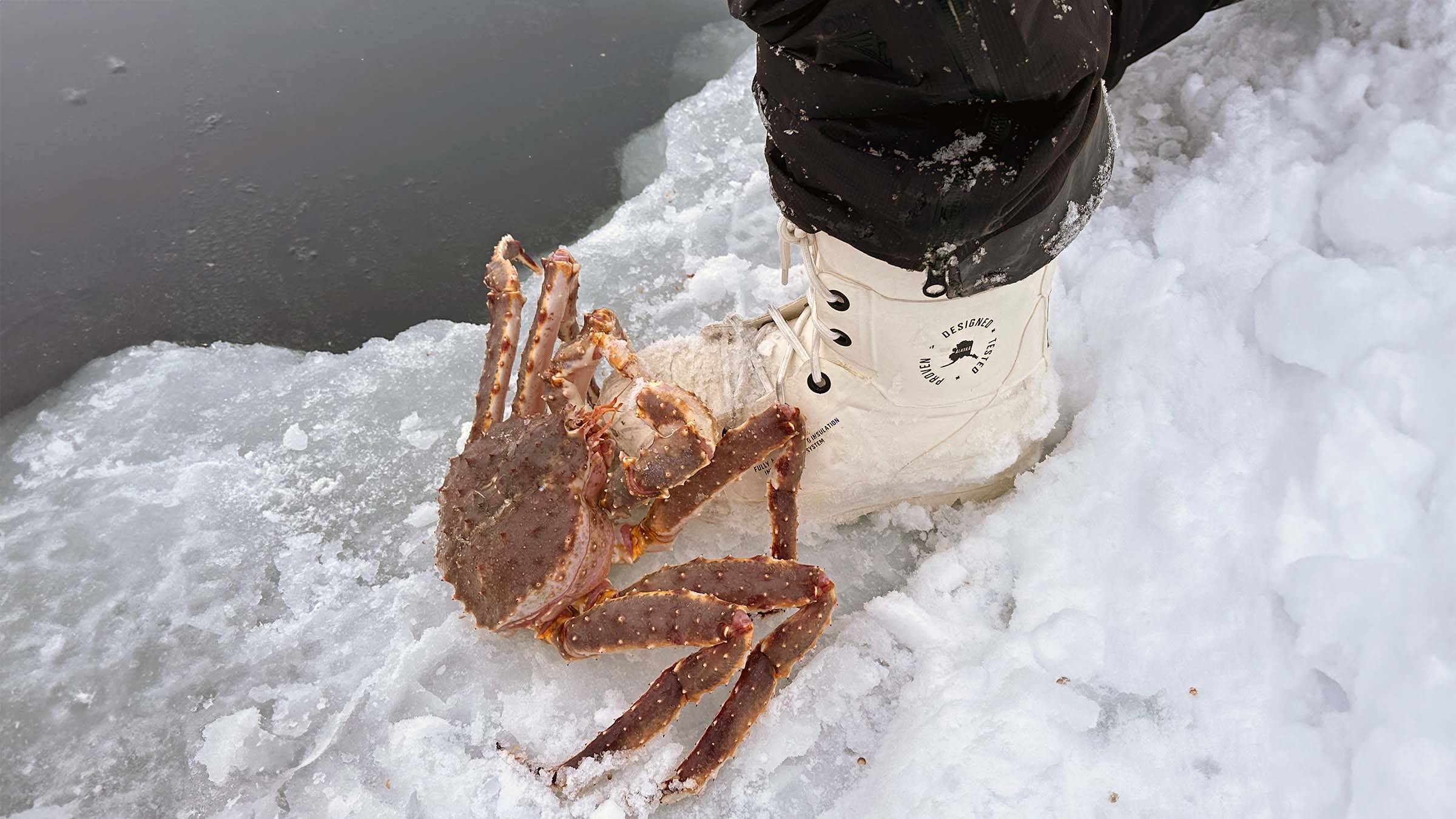

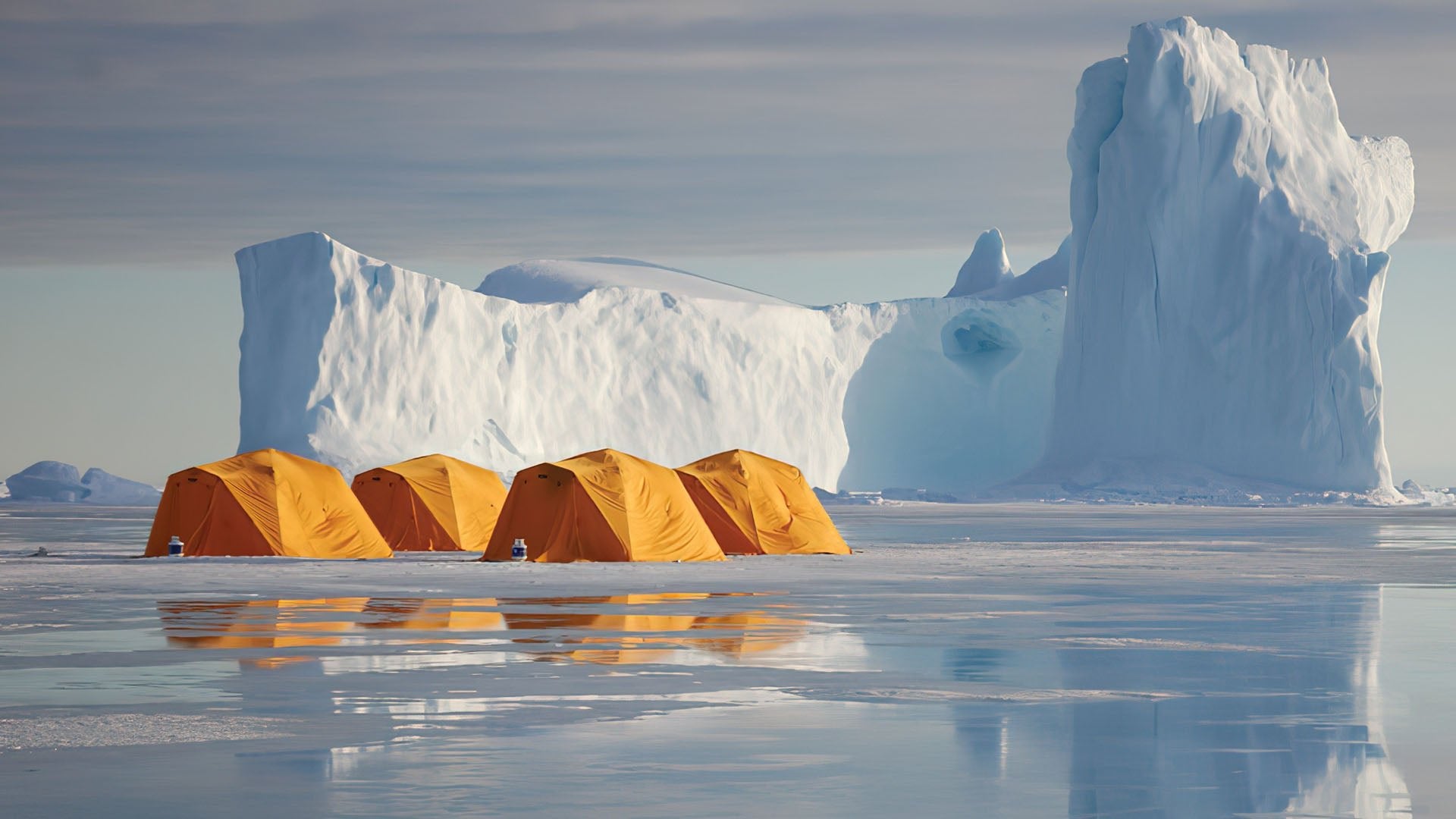
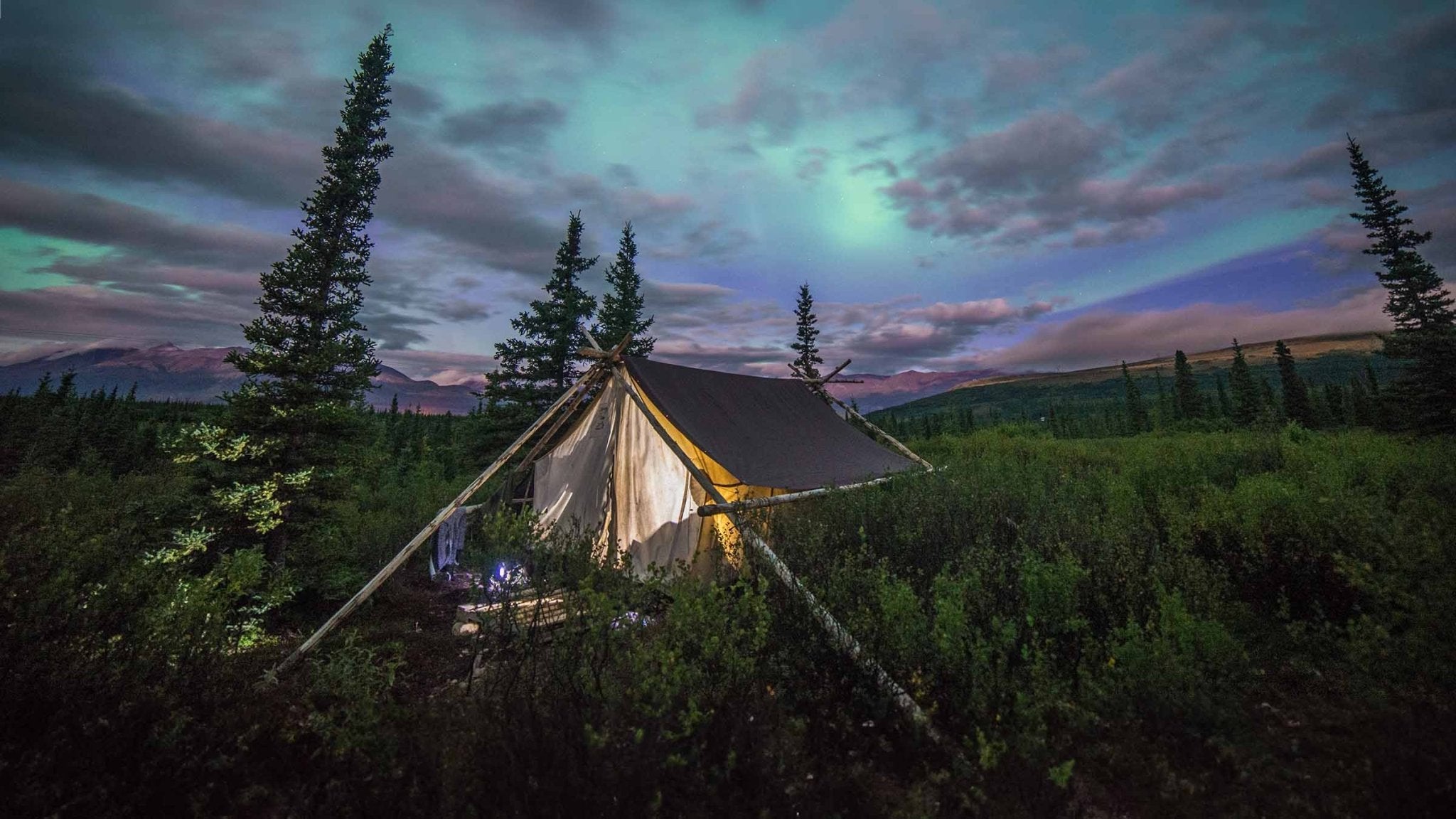
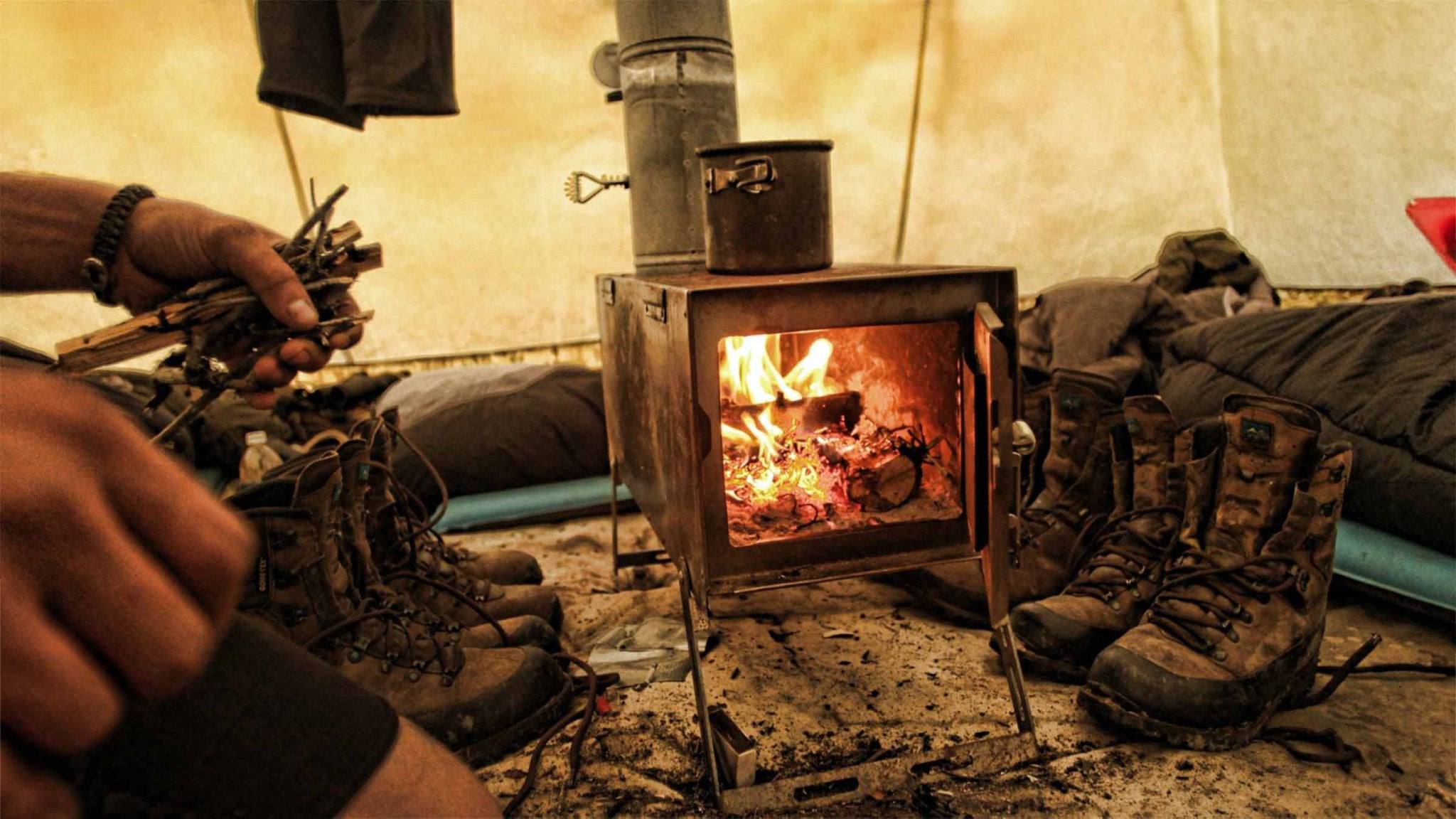
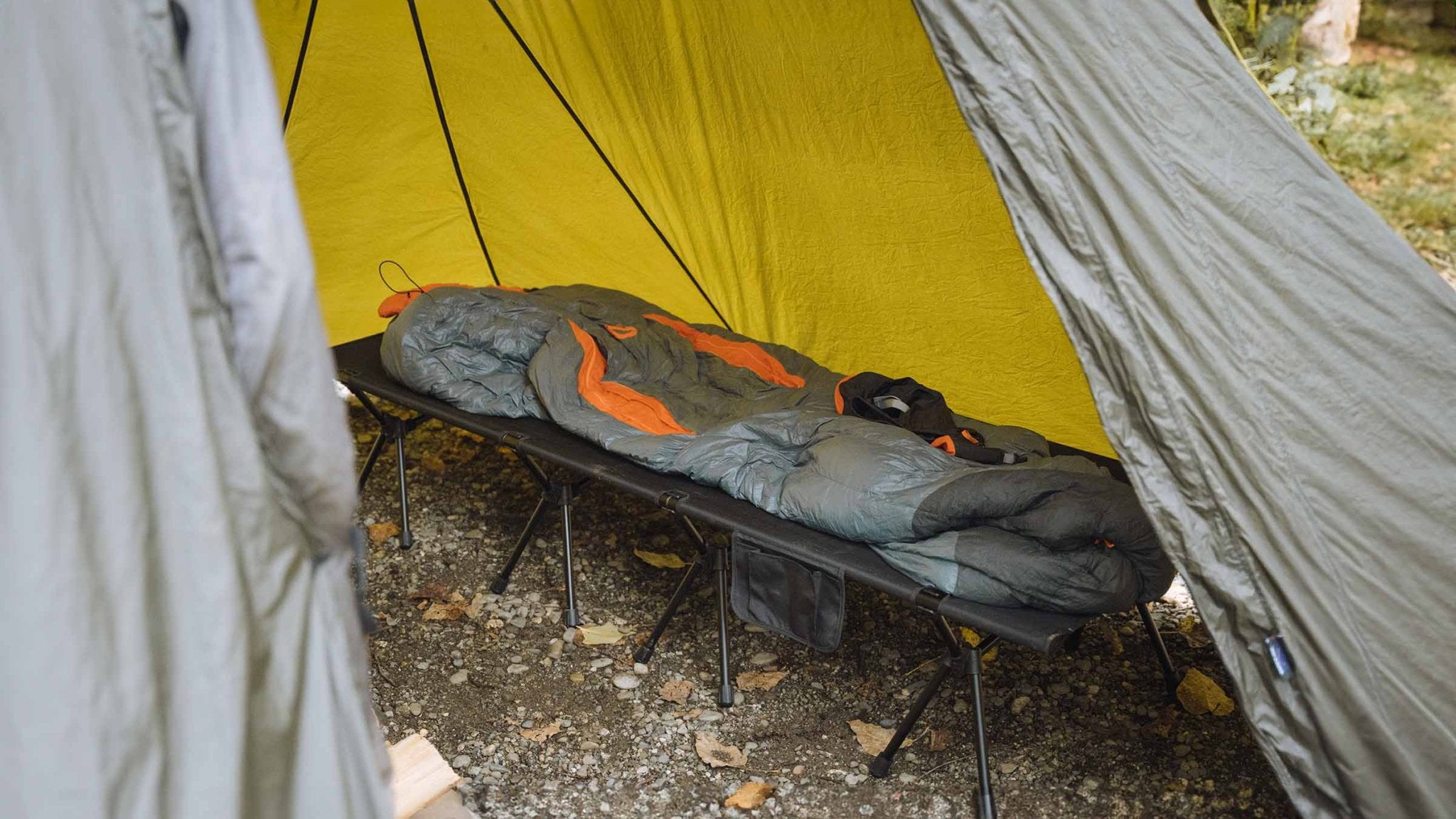
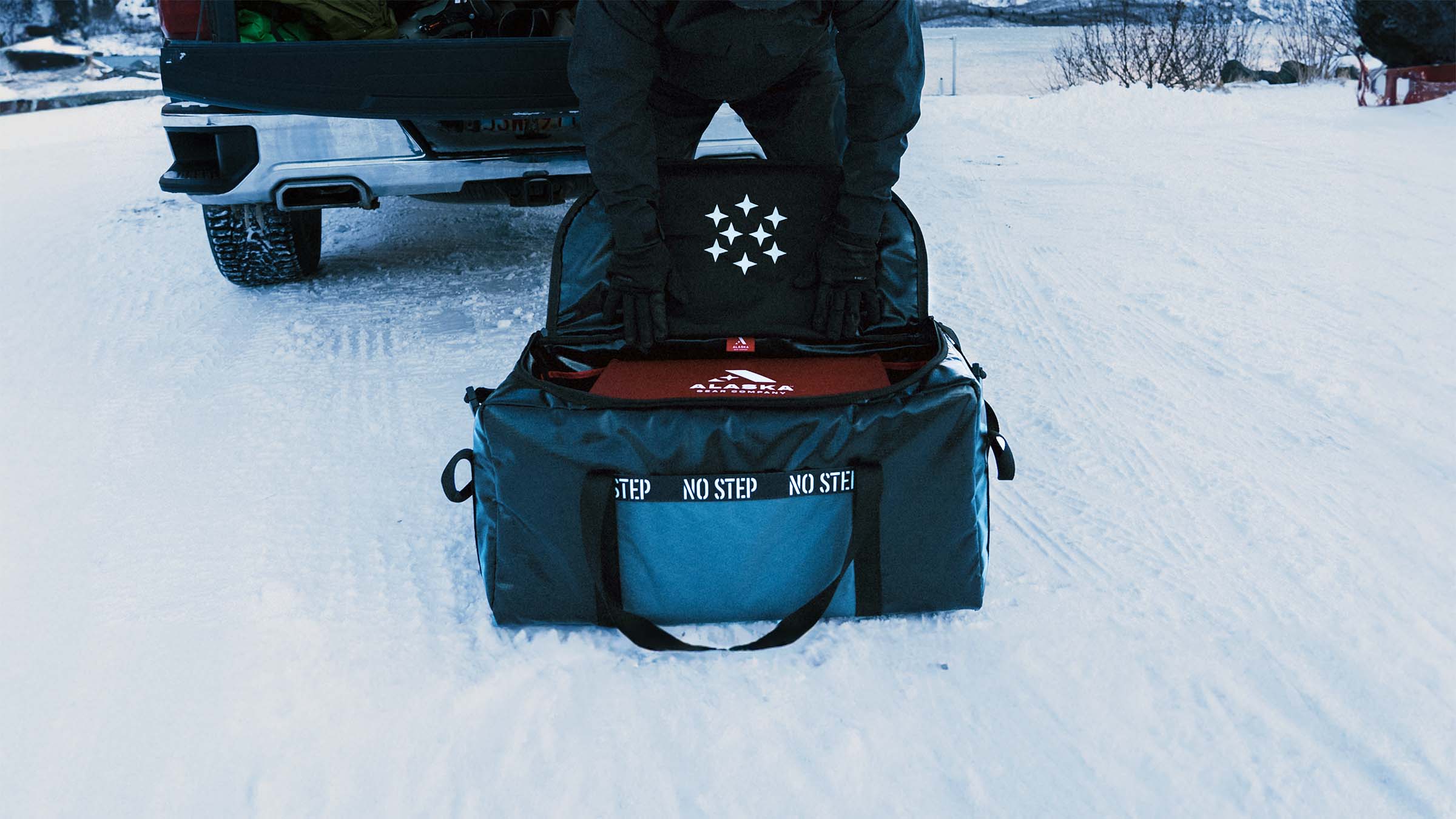

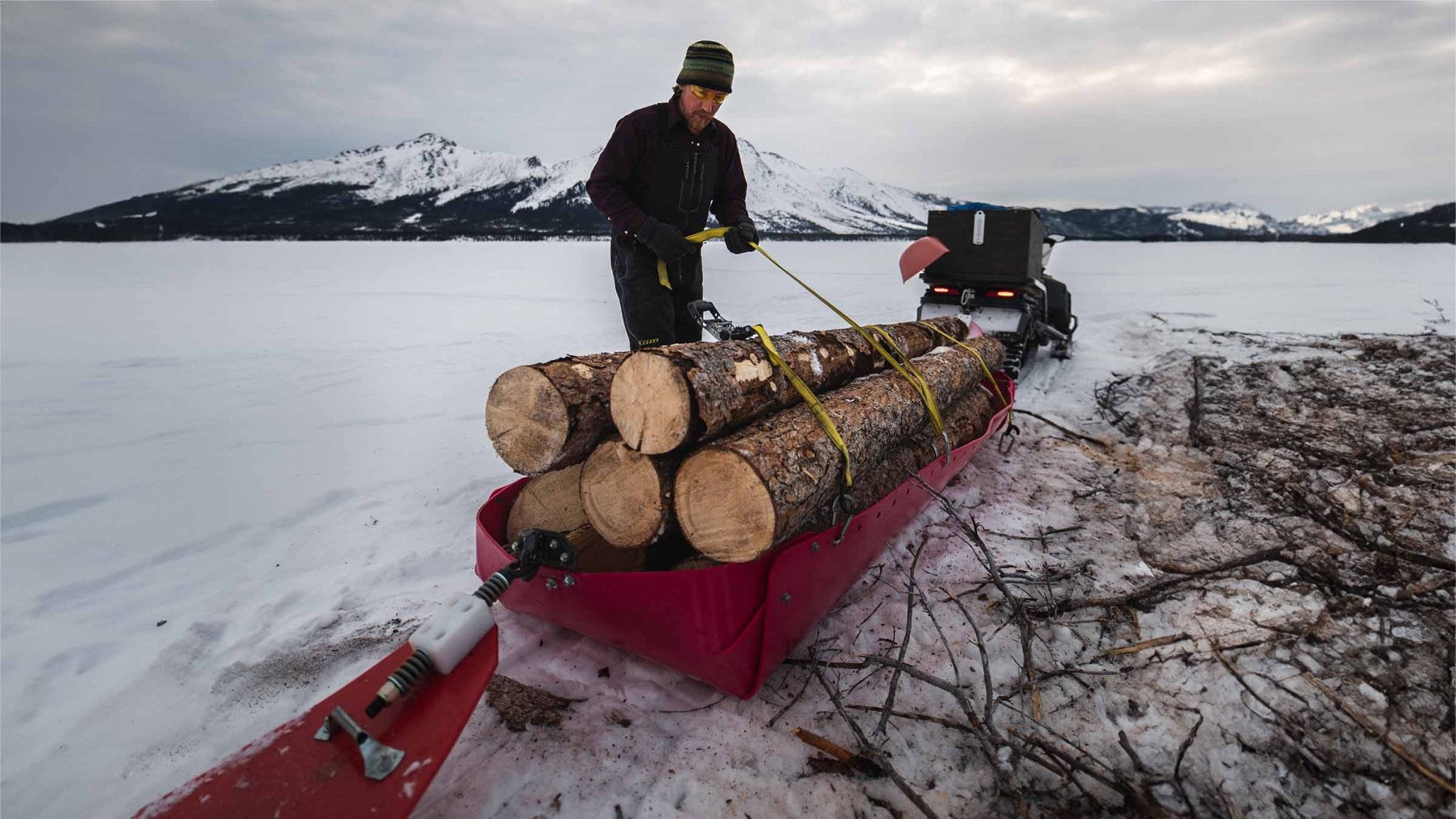
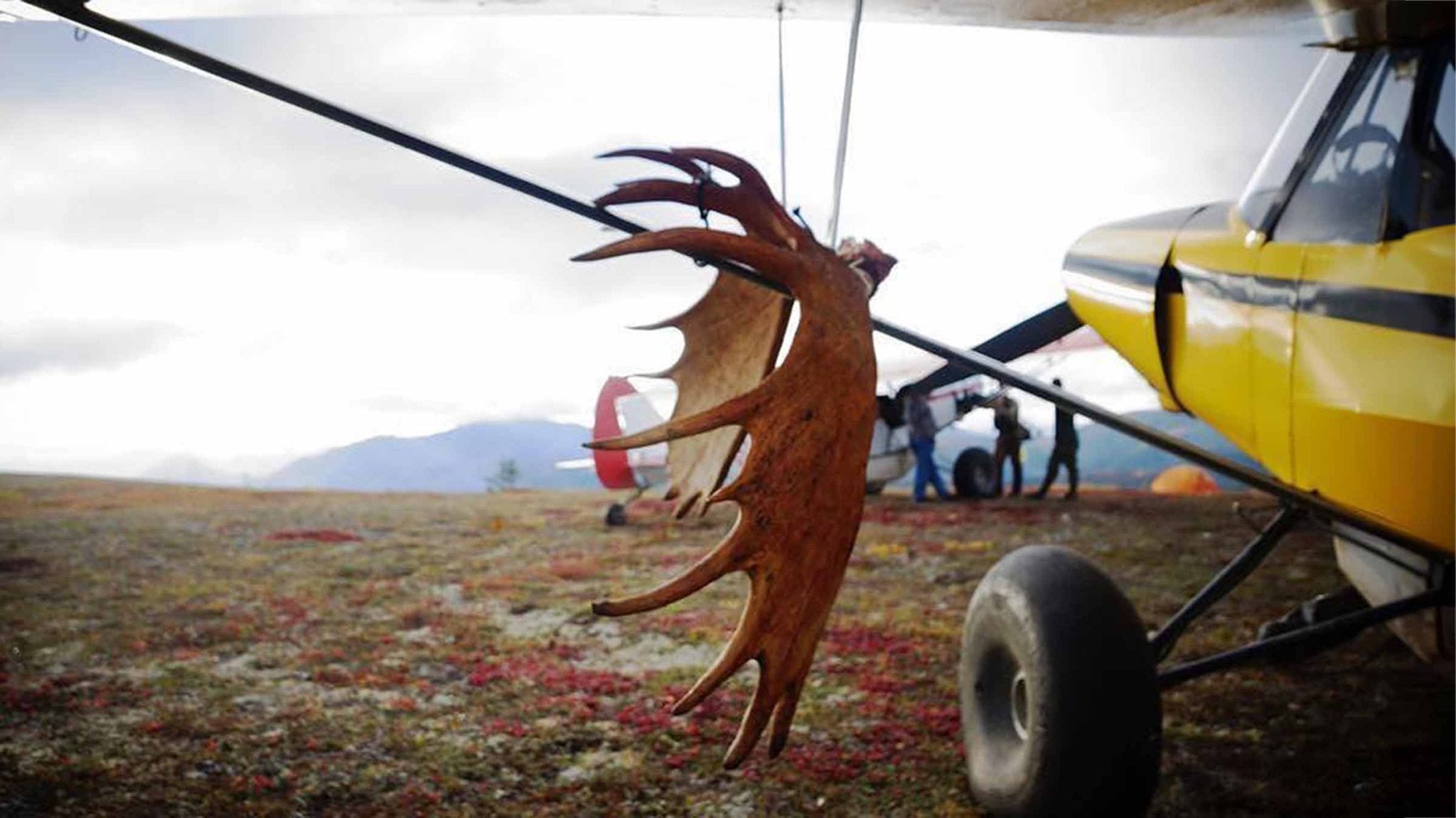



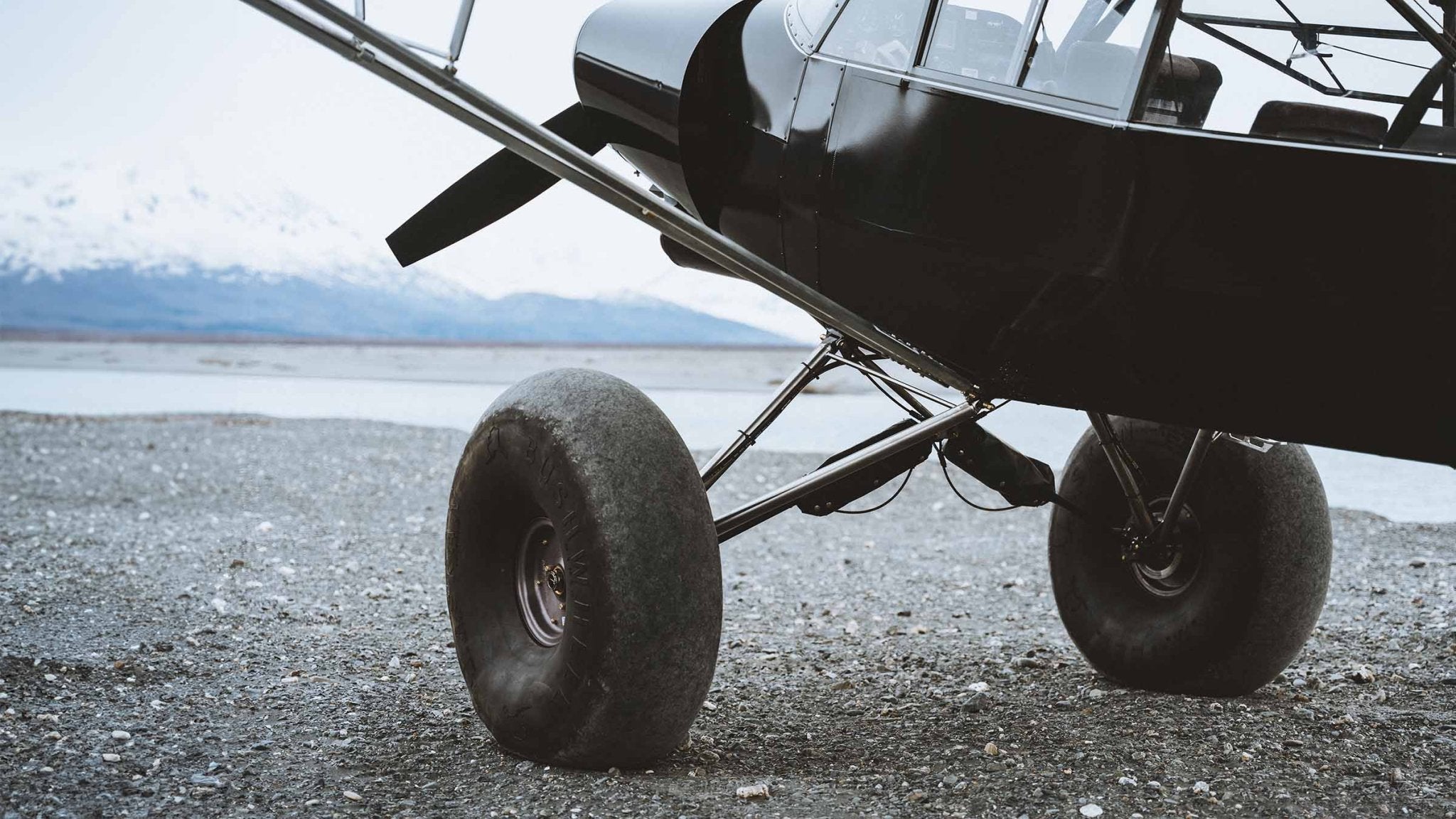

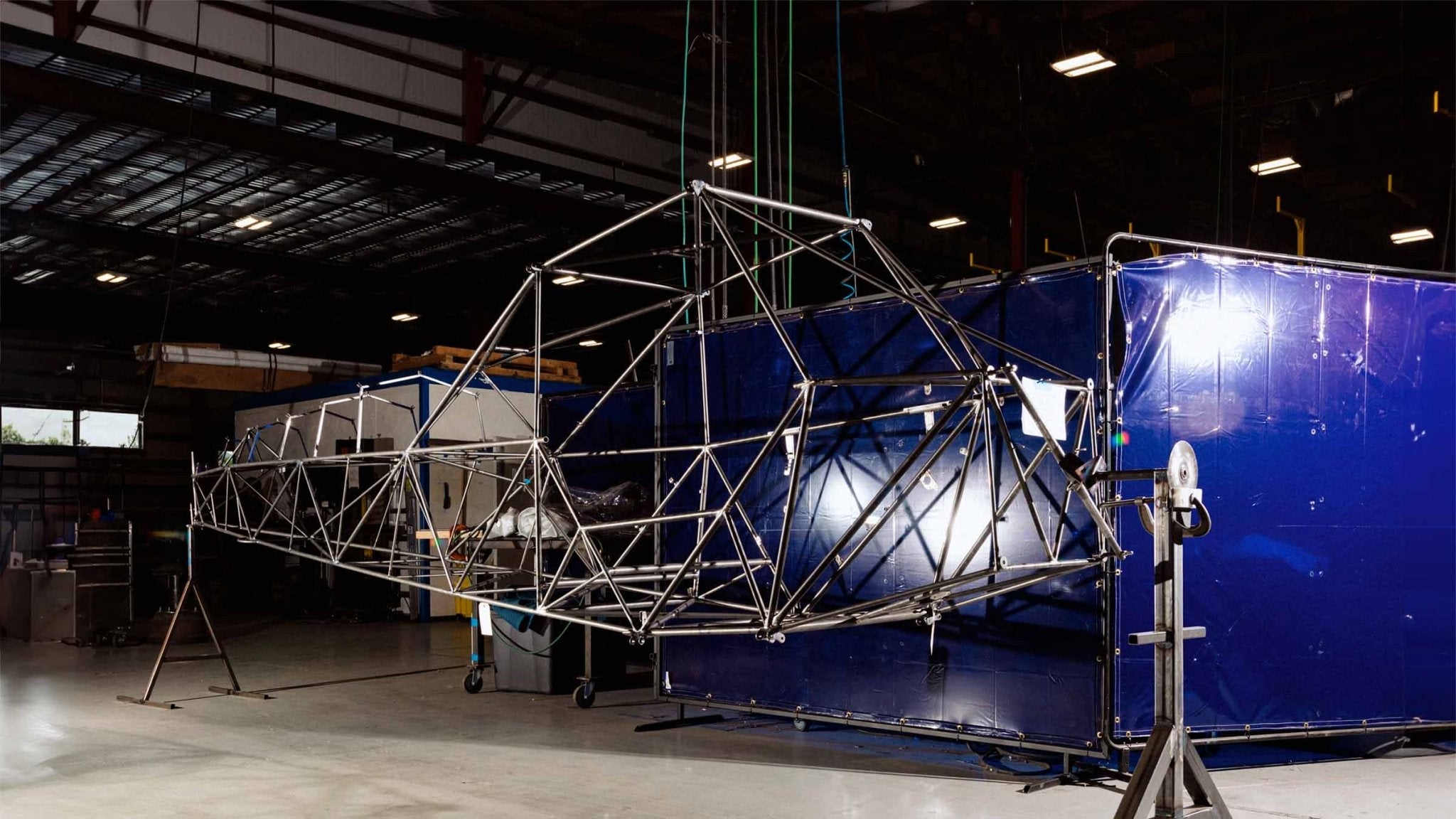
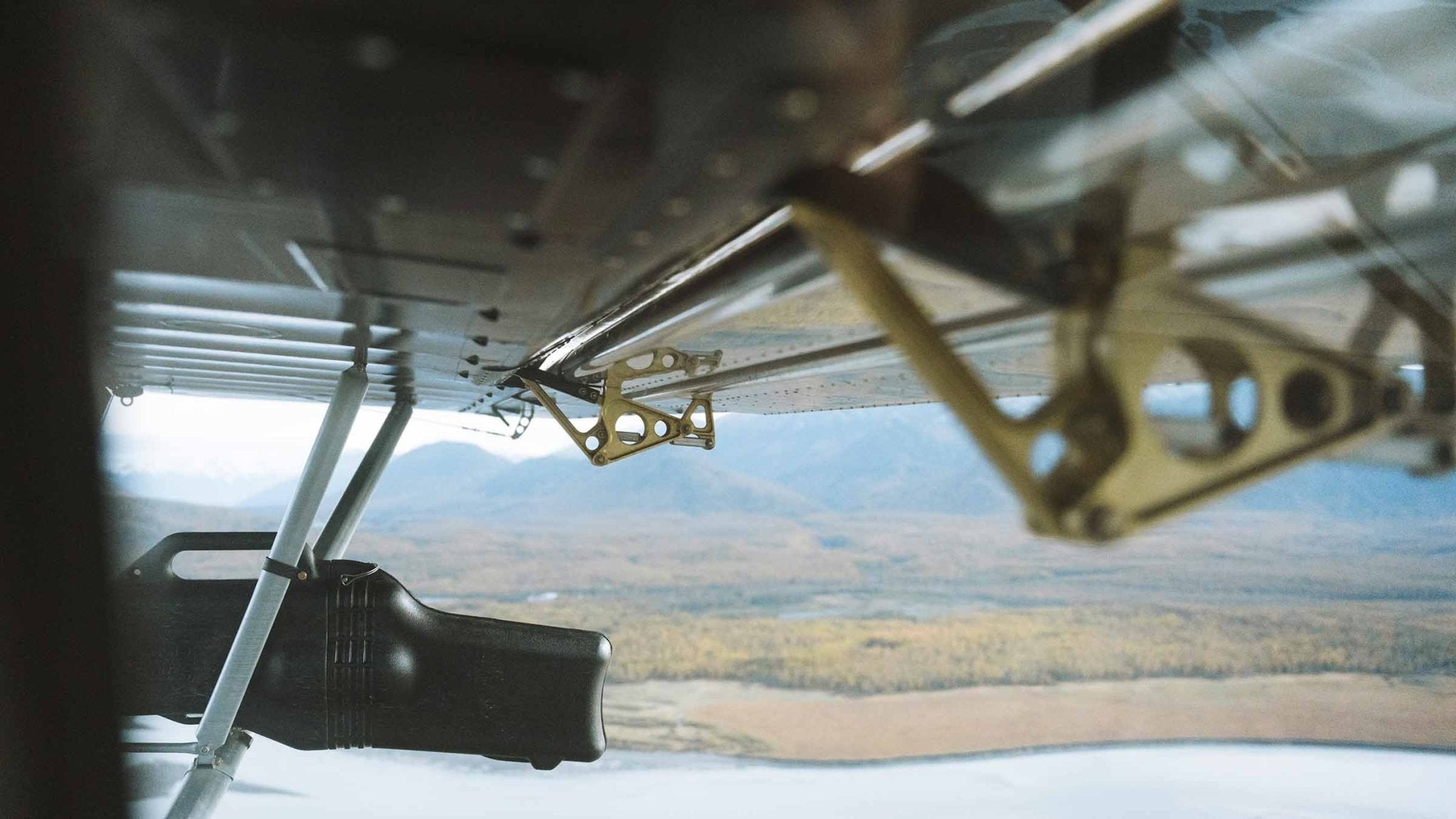

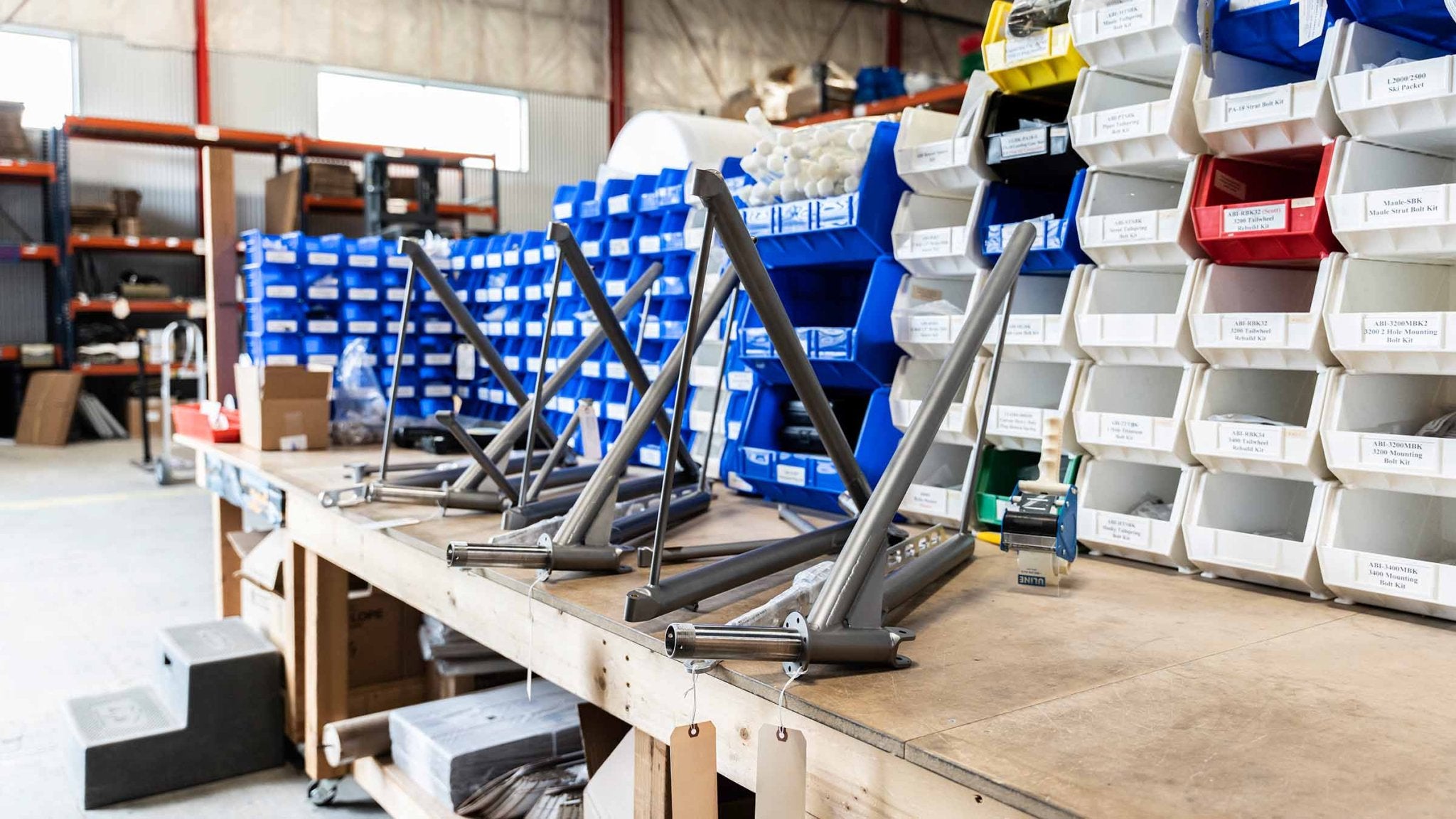
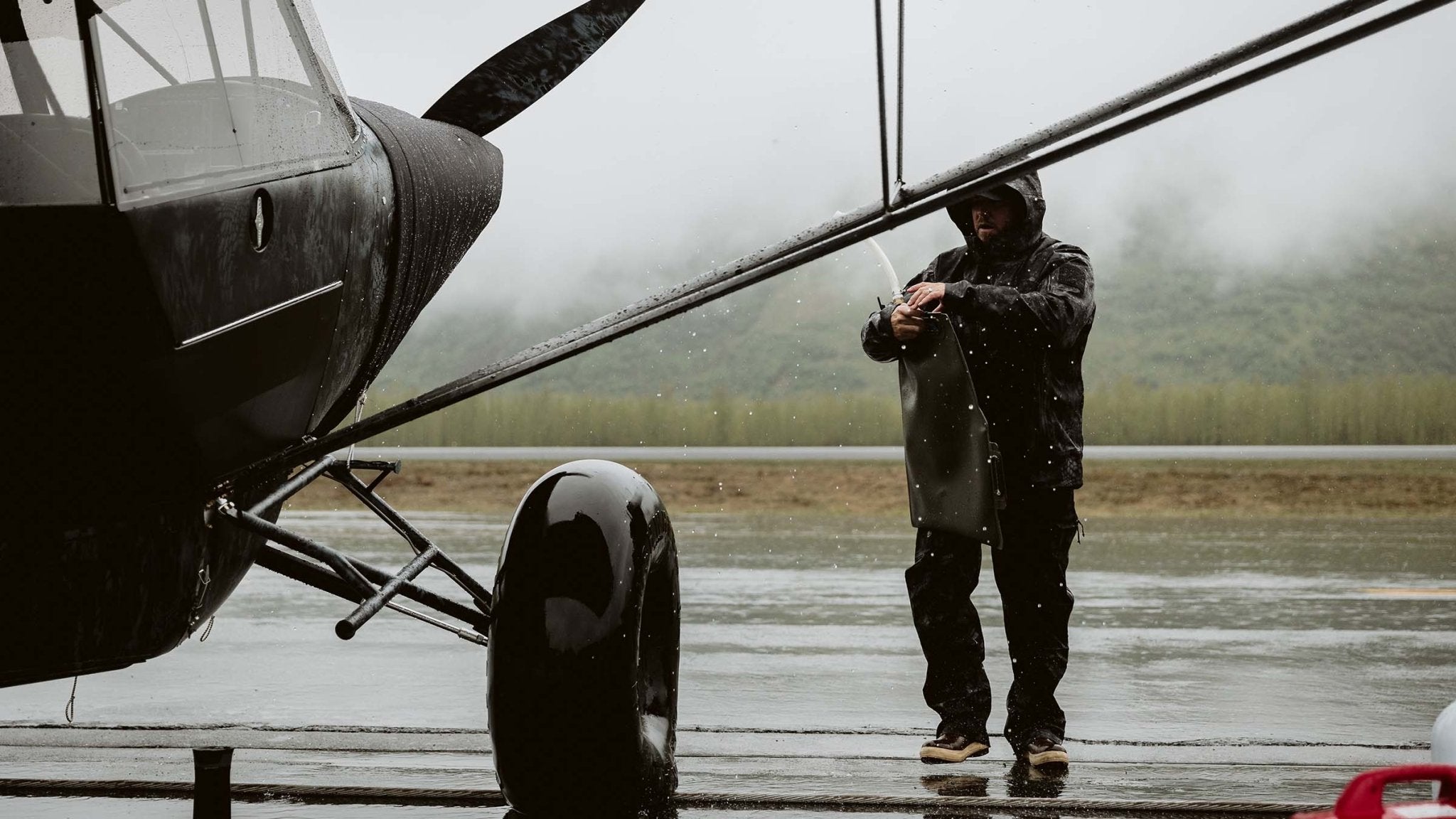


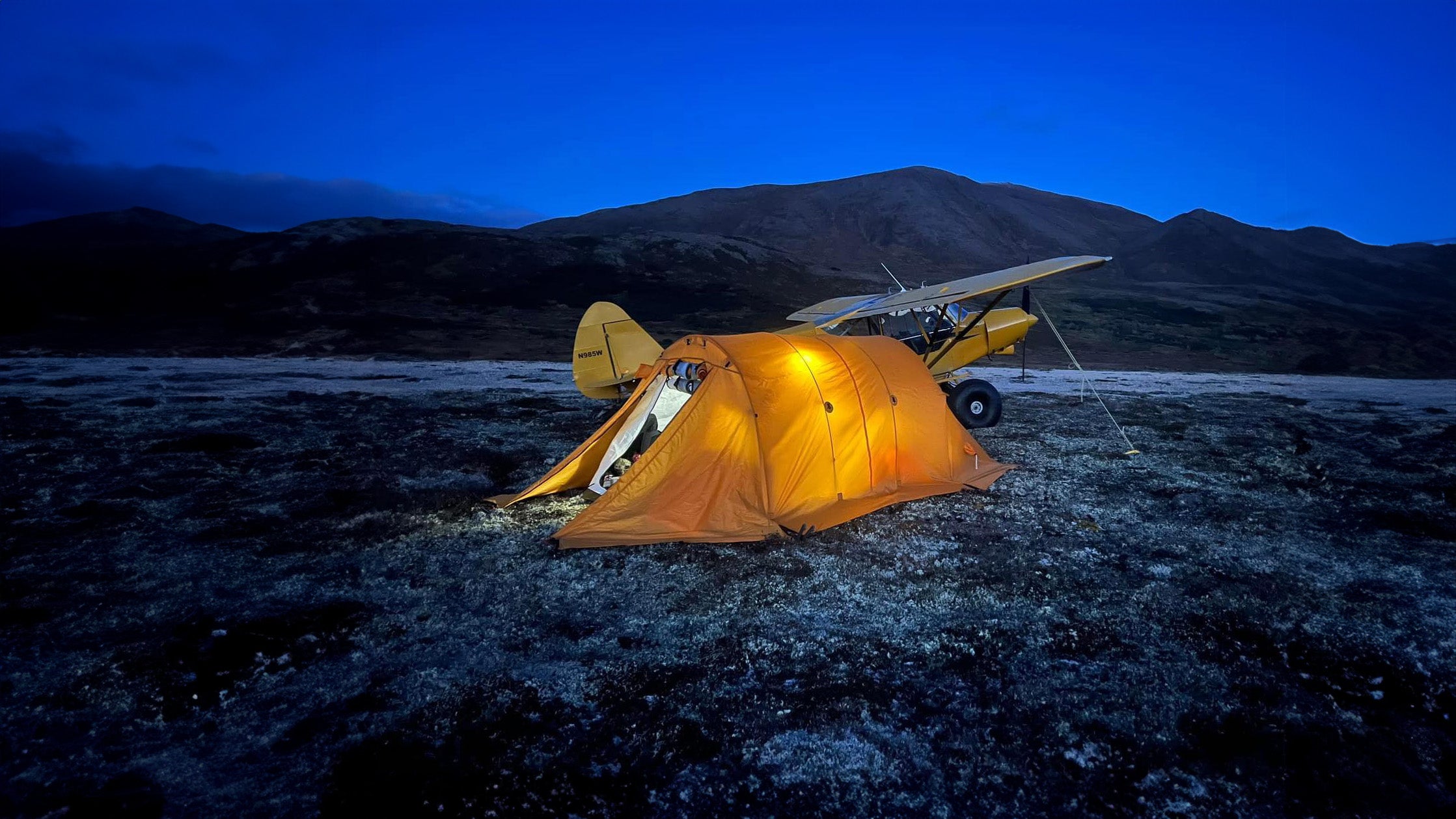

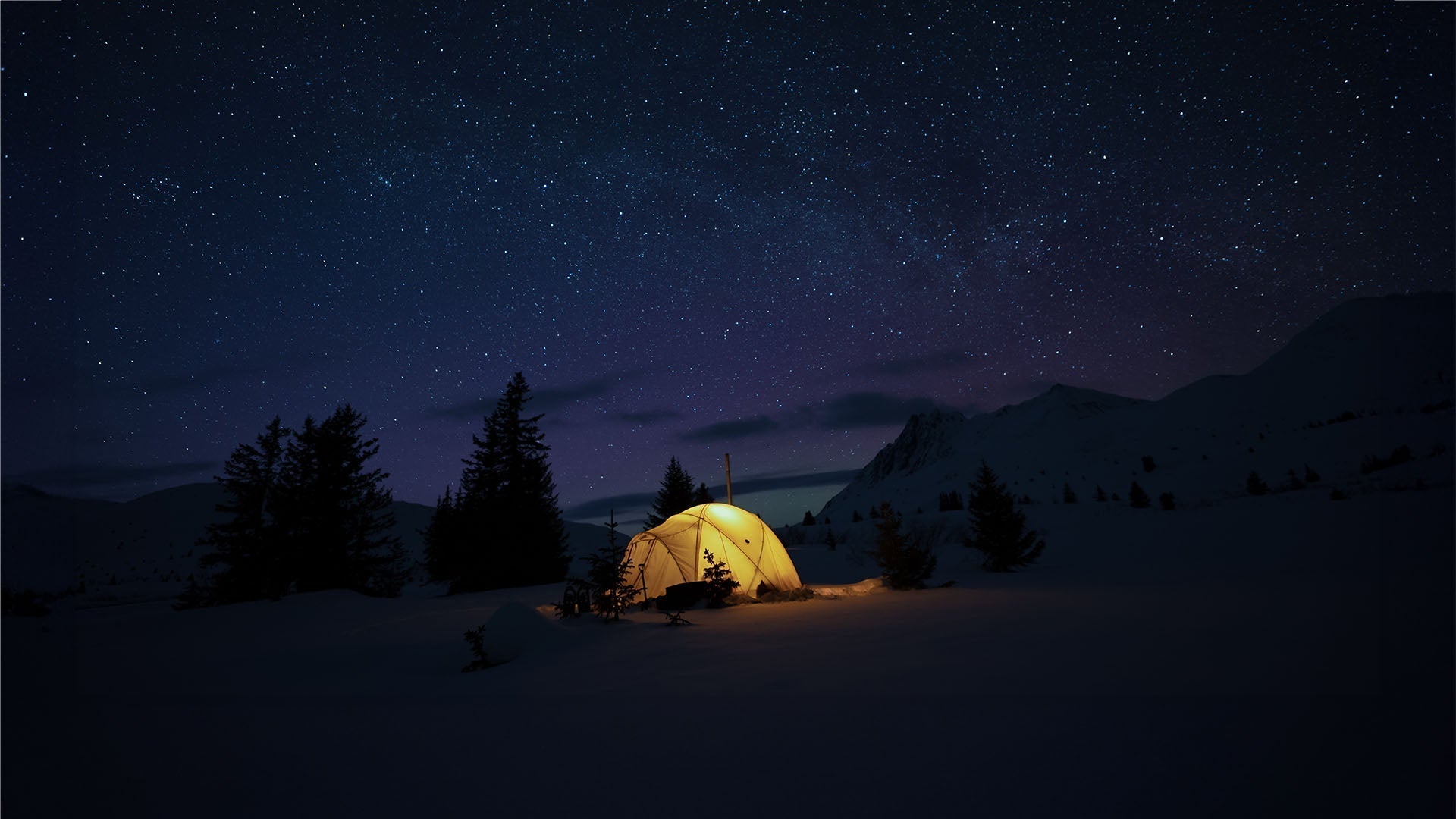
Leave a comment